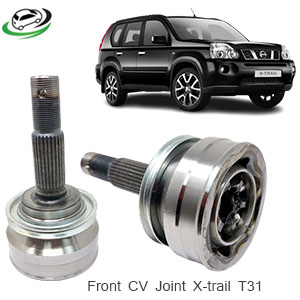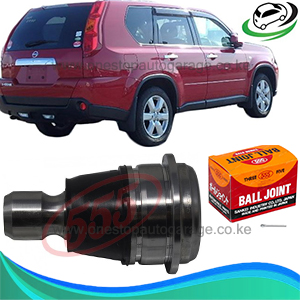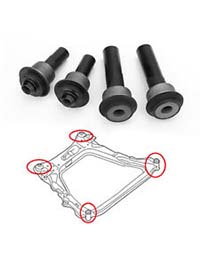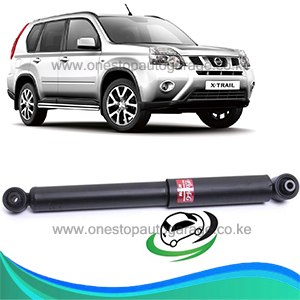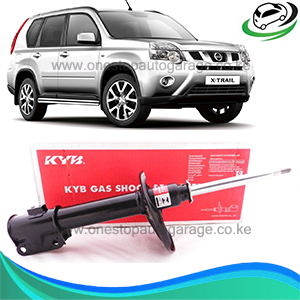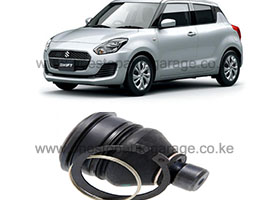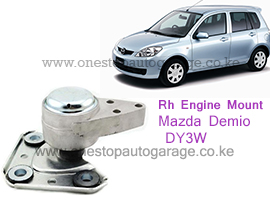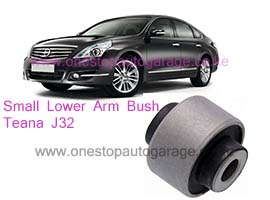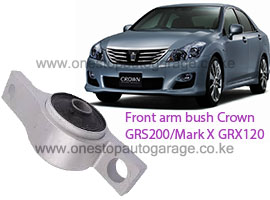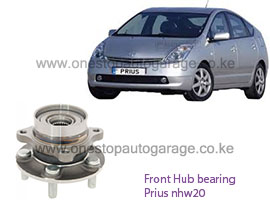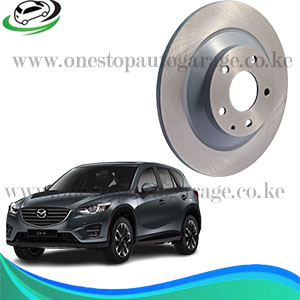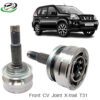No products in the cart.
Front CV JOINT Nissan X-trail T31 NI-95
FIND THE BEST PRICES FOR Front CV JOINT Nissan X-TRAIL T31 NI-95 IN NAIROBI KENYA.
Constant Velocity (CV) joints are essential components of a vehicle’s drivetrain, responsible for transferring power from the transmission to the wheels while allowing for smooth and consistent rotation at various angles. These joints are commonly found in front-wheel-drive, all-wheel-drive, and some rear-wheel-drive vehicles. Understanding their functions and recognizing signs of wear is crucial for maintaining vehicle performance and safety. Let’s explore the functions of CV joints and ways to identify if they are worn out:
### Functions of CV Joints:
1. **Power Transfer**: CV joints transmit torque from the transmission to the drive wheels, allowing the vehicle to move forward or backward. They accommodate the varying angles and rotational speeds encountered during steering and suspension movement.
2. **Angle Compensation**: CV joints allow for smooth power transmission even when the angle between the transmission and the wheels changes, such as during steering or suspension movement. They maintain constant velocity and minimize power loss, ensuring efficient propulsion of the vehicle.
3. **Flexibility and Articulation**: CV joints provide flexibility and articulation in the drivetrain, allowing the wheels to move up and down over bumps and uneven terrain without disrupting power delivery. This helps maintain traction and stability, especially in off-road or challenging driving conditions.
4. **Reduced Vibration**: CV joints help reduce vibration and noise in the drivetrain by allowing smooth and uniform rotation of the wheels, even at extreme angles. This enhances driving comfort and minimizes wear on other drivetrain components.
### Signs of Worn CV Joints:
1. **Clicking or Popping Sounds**: One of the most common signs of worn CV joints is a clicking or popping noise heard when turning or accelerating, especially during sharp turns or when maneuvering at low speeds. This noise may indicate worn or damaged CV joint bearings or insufficient lubrication.
2. **Vibration or Shaking**: Worn CV joints can cause vibrations or shaking sensations felt through the steering wheel, floorboards, or seats, particularly during acceleration or when driving at higher speeds. This vibration may worsen as the wear progresses and can indicate imminent CV joint failure.
3. **Grease Leakage**: Inspect the CV joint boots for signs of grease leakage or damage. Cracked or torn boots can allow grease to escape and contaminants to enter the joint, leading to premature wear and eventual failure of the CV joint bearings.
4. **Visible Damage or Wear**: Visually inspect the CV joint boots, shafts, and bearings for signs of damage, such as cracks, tears, or corrosion. Excessive wear or play in the CV joint components may indicate the need for replacement.
5. **Axle Shaft Play**: Excessive play or movement in the axle shafts or CV joints when rocking the wheels back and forth may indicate worn or damaged CV joints. This play can affect drivetrain performance and should be addressed promptly.
6. **Loss of Acceleration**: Worn CV joints can result in a loss of acceleration or power delivery, especially during sharp turns or when accelerating from a stop. This may be accompanied by a noticeable decrease in vehicle performance and responsiveness.
7. **Uneven Tire Wear**: Worn or damaged CV joints can lead to uneven tire wear, particularly on the inner or outer edges of the tires. This occurs due to changes in wheel alignment or suspension geometry caused by worn CV joint components.
### Inspection and Replacement:
1. **Regular Inspection**: Include CV joints in routine vehicle inspections, checking for signs of wear, damage, or abnormal noise. Pay attention to symptoms such as clicking or popping sounds, vibration, grease leakage, and uneven tire wear.
2. **Boot Maintenance**: Inspect the CV joint boots regularly for signs of damage or deterioration, such as cracks, tears, or leaks. Replace damaged boots promptly to prevent contamination and prolong the lifespan of the CV joints.
3. **Timely Replacement**: If any signs of worn or damaged CV joints are detected, it’s essential to replace them promptly to prevent further damage and ensure safe vehicle operation. Follow the manufacturer’s recommendations for replacement intervals and use quality replacement parts.
4. **Professional Service**: CV joint replacement may require specialized tools and expertise, especially if it involves disassembling other drivetrain components. It’s advisable to have a qualified mechanic or technician perform the replacement to ensure proper installation and alignment.
5. **Quality Parts**: Use high-quality replacement CV joints and boots from reputable manufacturers to ensure compatibility, durability, and performance. OEM (Original Equipment Manufacturer) or aftermarket equivalents are available for most vehicles.
By understanding the functions of CV joints and recognizing signs of wear, vehicle owners can take proactive measures to maintain optimal drivetrain performance and safety. Regular inspection, timely maintenance, and professional replacement when necessary are key to preserving the integrity and functionality of CV joints in vehicles.

